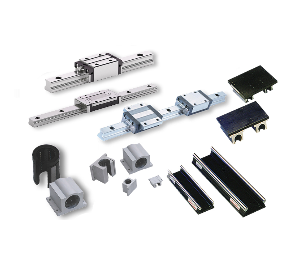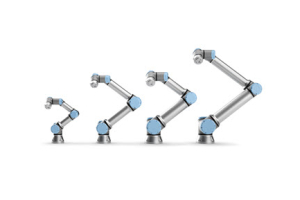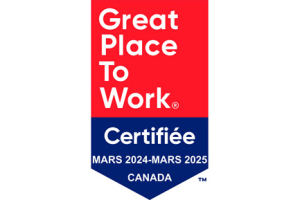
Linear bearings and guideways serve as fundamental components in positioning table or stage applications, facilitating precise movement and placement of loads. They bear the responsibility of transporting the user-mounted load while the table is in transition, and play a pivotal role in dictating the overall performance metrics of the positioning table, including attributes such as accuracy, repeatability, straightness, and flatness.
With linear bearings and guideways, each type of bearing design comes with its unique set of benefits and drawbacks, encompassing factors such as load capacity, dimensions, cost, rigidity, and friction characteristics. Given these variables, making an informed choice on the appropriate linear or rotary bearing system is a critical step in ensuring the optimal functionality and efficiency of a positioning table application. It is imperative to carefully consider each aspect to achieve the desired balance of performance and cost-effectiveness in a given project or system setup.
The four primary linear bearings used in positioning table applications are:

Cross Roller Linear Bearing
Cross Roller Linear Bearings incorporate cylindrical rollers positioned in ground "V" ways, optimizing surface contact between the components. This design generally enhances the table load capacity, potentially tripling it compared to standard ball and rod type systems. Additionally, they tend to offer improved flatness and straightness specifications, making them suitable for applications requiring higher accuracy.
However, these bearing systems have certain limitations, including restricted travel lengths and a limited moment load capacity. They also occupy a considerable horizontal space and cannot accommodate protective cover plates or waycovers, which might be seen as drawbacks in some setups.

Round Rail Linear Bearing
Round Rail Linear Bearings employ four bushings equipped with recirculating ball bearings, housed within two to four pillow blocks, made of either aluminum or steel. These blocks are affixed to the underside of a carriage that glides along two round, hardened, and ground shafts secured to the base. The travel lengths are essentially determined by the available shaft and base lengths.
The interaction point between the recirculating balls in the bushing and the round shaft facilitates a low-friction positioning table, enhancing its efficiency. Furthermore, the increased number of balls in contact with the ground shaft allows for a system with a larger load capacity. This setup offers significant advantages, including extended travel lengths, substantial load and moment load capacities, along with the ability to integrate protective cover plates and waycovers, enhancing the durability and functionality of the system.

Square Rail Linear Bearing
Square Rail Linear Guide Bearing Systems function similarly to their round rail counterparts but exhibit a few notable distinctions. The round shaft is substituted with a rail of a rectangular (either square or T-shaped) profile, and the round rail bushing is replaced with a rectangular bearing block. The recirculating ball bearings within the bearing block engage with a larger surface area on the square rail's curved ball race. This contact dynamics results in a positioning table characterized by enhanced load and moment load capacities, coupled with heightened system rigidity compared to round rail systems. Moreover, the precision-ground ball races on the rails confer superior flatness and straightness specifications.
In terms of physical boundaries, the travel extents are chiefly determined by the lengths of the available rail and base. Noteworthy is the system's robust bearing design, which confers an improved ability to withstand shock and vibration forces compared to round rail configurations. Additionally, these square rail systems can be fitted with protective cover plates and waycovers, extending their lifespan and maintaining their performance over time.

Air Bearing Linear Table
Air Bearing Linear Tables function by generating a thin air cushion between the table carriage and the table base or guide rail, establishing a non-contact, rigid, and friction-free linear bearing system that is devoid of cogging. Utilizing a precision-engineered guide rail, either rectangular or square, yields remarkable flatness and straightness specifications. These attributes can be further enhanced when the air bearing linear table is mounted on a stable granite base, a material known for its stability and vibration-damping properties.
The drive mechanisms commonly associated with these tables are high-accuracy acme screws and linear motors. When coupled with a non-contact linear motor drive system and complemented by a high-accuracy, non-contact linear encoder for position feedback, an exceptionally precise positioning table is created, capable of sub-micron or even nano-precision levels. This synergy of components not only facilitates ultra-precise movements but also potentially grants the system a significantly prolonged operational lifespan, potentially reaching a state of virtually indefinite functionality.
Search our Linear Bearings & Guideways by supplier:





